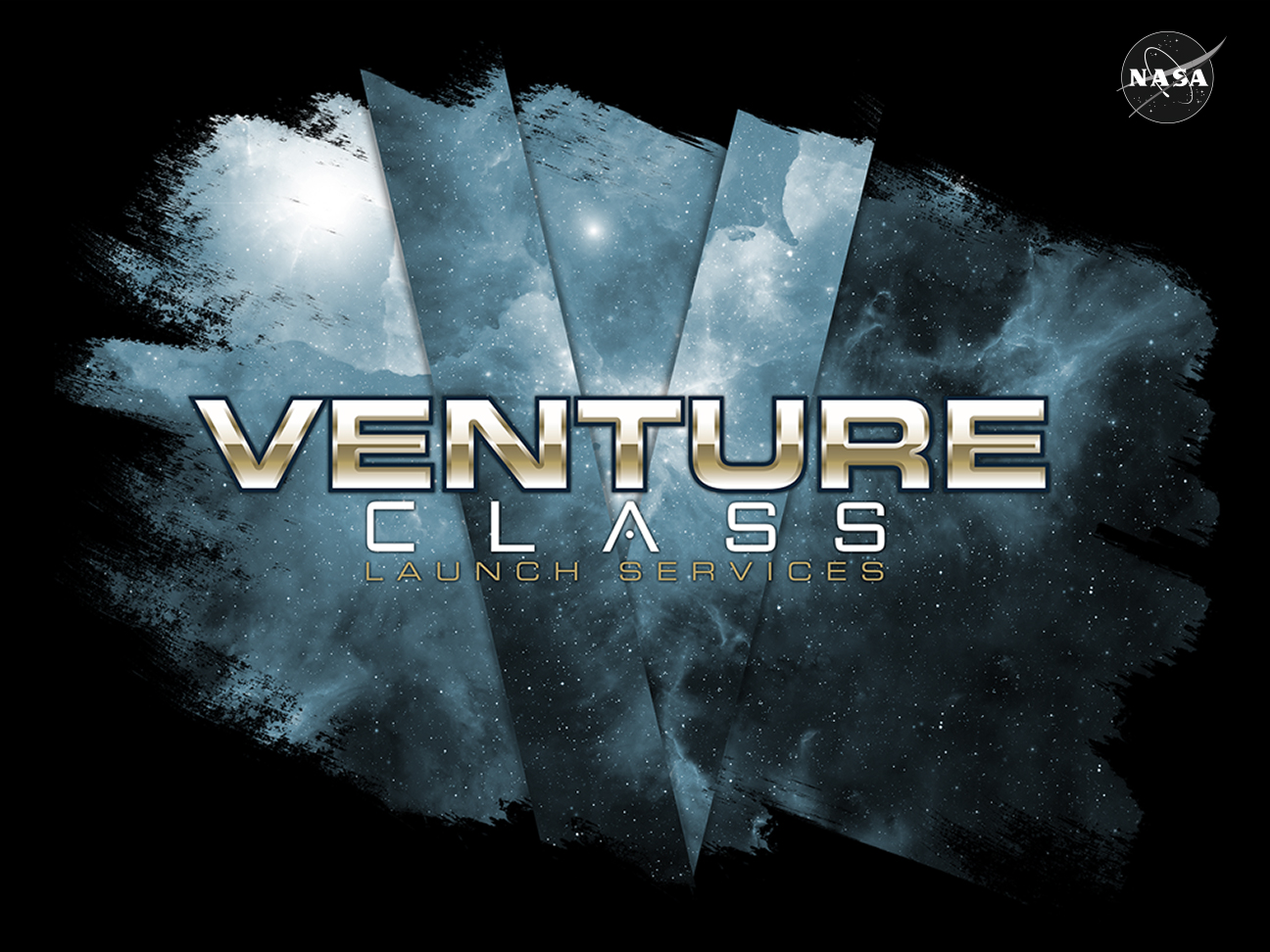NASA plans to send five small satellites to space as part of the first mission under the agency’s Venture Class Launch Services Demonstration 2 contract.
The launch of NASA’s 41st Educational Launch of Nanosatellites mission also will be the first operational satellite launch for Astra Space, Inc. The company’s Rocket 3.3 will lift off from Space Launch Complex 46 at Cape Canaveral Space Force Station in Florida in January.
The CubeSats, which are a type of small satellites, from four universities and one NASA center are:
- BAMA-1 – University of Alabama, Tuscaloosa
BAMA-1 is a technology demonstration mission that will conduct a flight demonstration of a drag sail module by rapidly deorbiting the satellite. Spacecraft equipped with drag sail technology will be able to deorbit reliably and rapidly, thus reducing space debris and the risk to operational satellites, space stations, and crewed vehicles. - CURIE – University of California, Berkeley
CURIE (CubeSat Radio Interferometry Experiment) is a science investigation mission that will study radio burst emissions from solar eruptive events such as flares and coronal mass ejections in the inner heliosphere. It will be able to determine the location and size of radio burst source regions and then track their movement outward from the Sun. CURIE will provide observations important to understanding the space weather environment. - INCA – New Mexico State University, Las Cruces
INCA (Ionospheric Neutron Content Analyzer) is a scientific investigation mission that will study the latitude and time dependencies of the neutron spectrum in low-Earth orbit for the first time to improve current space weather models and mitigate threats to space and airborne assets. The measurements will come from a new directional neutron spectrometer, which is being developed in conjunction with NASA’s Goddard Space Flight Center and the University of New Hampshire. - QubeSat – University of California, Berkeley
QubeSat is a technology demonstration mission. It will test and characterize the effects of space conditions on quantum gyroscopes using nitrogen-vacancy centers in diamond. Nitrogen-vacancy centers are nitrogen defect points in diamond with quantum properties that allow scientists to form gyroscopes that measure angular velocity. Nitrogen-vacancy center-based technologies are particularly well suited for space because of their high accuracy, small form factor, and radiation tolerance. - R5-S1 – NASA’s Johnson Space Center, Houston
R5-S1 is intended to demonstrate a fast and cost-effective way to build successful CubeSats in addition to demonstrating some technologies that are important to in-space inspection, which could help to make crewed space exploration safer and more efficient. R5-S1 could prove a cheaper way to demonstrate crucial technologies like high-performance computers, cameras, algorithms and a new way for satellites to transmit pictures to the ground.
CubeSats are playing an increasingly larger role in exploration, technology demonstration, scientific research, and educational investigations at NASA. NASA’s CubeSat Launch Initiative provides access to space for small satellites developed by NASA centers and programs, educational institutions, and non-profit organizations.
In December 2020, NASA’s Launch Services Program (LSP) made awards under its second venture class contract to help foster commercial launch services dedicated to transporting smaller payloads and science missions into orbit. These launch services provide an alternative to ride-share arrangements, in which the small satellites fly only when space is available on NASA or other launches.
The Earth Science Division of NASA’s Science Mission Directorate has partnered with LSP to fund venture class launches under the Demo 2 contract. These small satellite launches can tolerate a higher level of risk than larger missions and will demonstrate – and help mitigate – risks associated with the use of new launch vehicles providing access to space for future small spacecraft and missions.
For more information about CubeSats, visit:
























